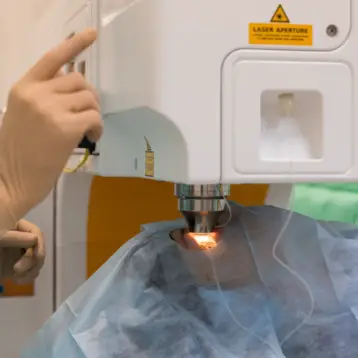|
A few months ago, several research teams worldwide reported they were successful in turning skin cells into stem-cells that have the differentiating potential of embryonic stem cells. Those cells are referred to as iPS or induced pluripotent stem cells. In theory, researchers could create any type of human cell from these stem cells providing they knew the factors involved in the differentiation of a pluripotent stem cell into the specific cell type. The recent UCLA research project is an example of a successful application of the iPS cells, as the scientists demonstrated that cardiovascular cells could be derived from iPS cells.
In order to generate the different heart cells, the iPS cells were differentiated into cardiovascular progenitor cells, which were further differentiated into three types of heart cells. Using a set of proteins, the iPS cells became cardiovascular progenitor cells. The effect of these proteins is never complete and the differentiated cells were separated from the remaining iPS cells with the help of a tag protein expressed only on the surface of the cardiovascular progenitor cells. Using other sets of proteins, the progenitor cells were differentiated into cardiomyocytes – muscle cells that control the heartbeat, endothelial cells, and smooth muscle cells that are used to create the blood vessels. The mature cardiomyocytes generated beats on a petri dish.
The new technology could help recover damaged heart tissues. It was previously shown that when a heart muscle tissue is damaged, it could be reinforced using pluripotent cells. These pluripotent cells are found in humans only in the form of embryonic stem cells. If the stem cells are taken from another person the implanted cells may be rejected. The ideal solution, therefore, is using the person’s own iPS cells to rebuild his or her heart tissue.
It appears as though it is only a matter of time before iPS cells will be commonly used in a wide variety of therapeutic pathways. Although it has not been proved that iPS cells can be differentiated into every kind of human cell, many researchers believe this to be the case. The power of iPS cells was first demonstrated in a research conducted in MIT and the University of Alabama at Birmingham, in which normal red blood cells were generated in sickle-cell anemia model mice. Many more applications for the iPS cells are under extensive research and new applications will be verified and applied to humans in the near future.
TFOT has recently covered several advances in the field of stem-cell research, which could serve as the basis for a therapeutic solution to cure blindness, diabetes, and spinal cord injuries.
More information on the current research can be found in the UCLA newsroom.










